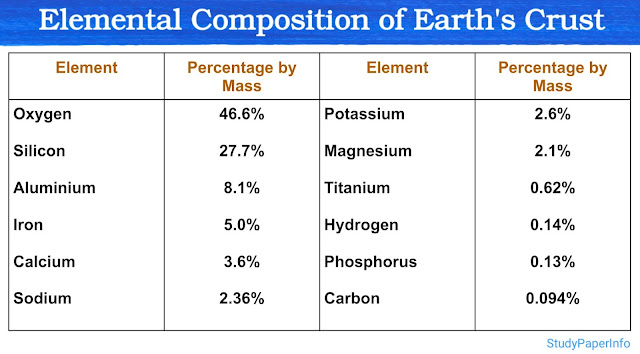Explain the steps involved in retrograde transport
Retrograde transport is a process by which proteins and membranes are moved backward i.e., from later compartments to earlier ones within the endomembrane system. This transport mechanism plays an essential role in maintaining organelle identity, recycling transport machinery and retrieving specific proteins that need to return to their origin for reuse.
It is important to understand from the beginning that retrograde transport is not limited to the retrieval of proteins from the Golgi apparatus back to the endoplasmic reticulum (ER). It also operates actively between endosomes and the Golgi, especially in the recycling of mannose-6-phosphate receptors (M6PRs). These receptors, after delivering lysosomal enzymes to endosomes, must return to the trans-Golgi network (TGN) to participate in another round of sorting. This ensures a continuous and efficient targeting of lysosomal enzymes.
Retrograde transport is a multi-step process, usually involving four main steps, which together ensure accurate retrieval and recycling within the cell.
Step 1: Cargo Selection and Recognition in the Golgi or Endosomes
The process begins with the recognition of specific cargo molecules that need to be retrieved. These often include escaped ER-resident proteins (like BiP, PDI) or recycling receptors (like mannose-6-phosphate receptor). These proteins have specific retrieval signals, such as the KDEL motif (Lys-Asp-Glu-Leu) for ER proteins. The KDEL receptor, present in the Golgi, binds to these proteins and selects them for retrograde transport.
Step 2: Formation of COPI-Coated Vesicles
Once the cargo is selected, COPI-coated vesicles form at the Golgi membranes. COPI is the main coat protein complex responsible for retrograde transport. The ARF1 GTPase plays a critical role by helping recruit COPI proteins and initiate vesicle budding. COPI vesicles are formed mainly at the cis-Golgi and intermediate compartments (like the ER-Golgi Intermediate Compartment, or ERGIC).
Step 3: Vesicle Movement Toward the ER
After formation, COPI vesicles travel through the cytoplasm, often along microtubules, toward the ER. Motor proteins such as dynein assist in this movement. The vesicles are guided toward their target by Rab GTPases and tethering factors, which help ensure that they dock only at the correct membrane.
Step 4: Fusion with the ER Membrane
Upon reaching the ER, the vesicles undergo docking and fusion, which is mediated by SNARE proteins (v-SNAREs and t-SNAREs). Once fusion occurs, the retrieved proteins are released back into the ER lumen or membrane and the vesicle coat disassembles. This allows the ER to maintain its resident protein composition and membrane balance.


Comments
Post a Comment